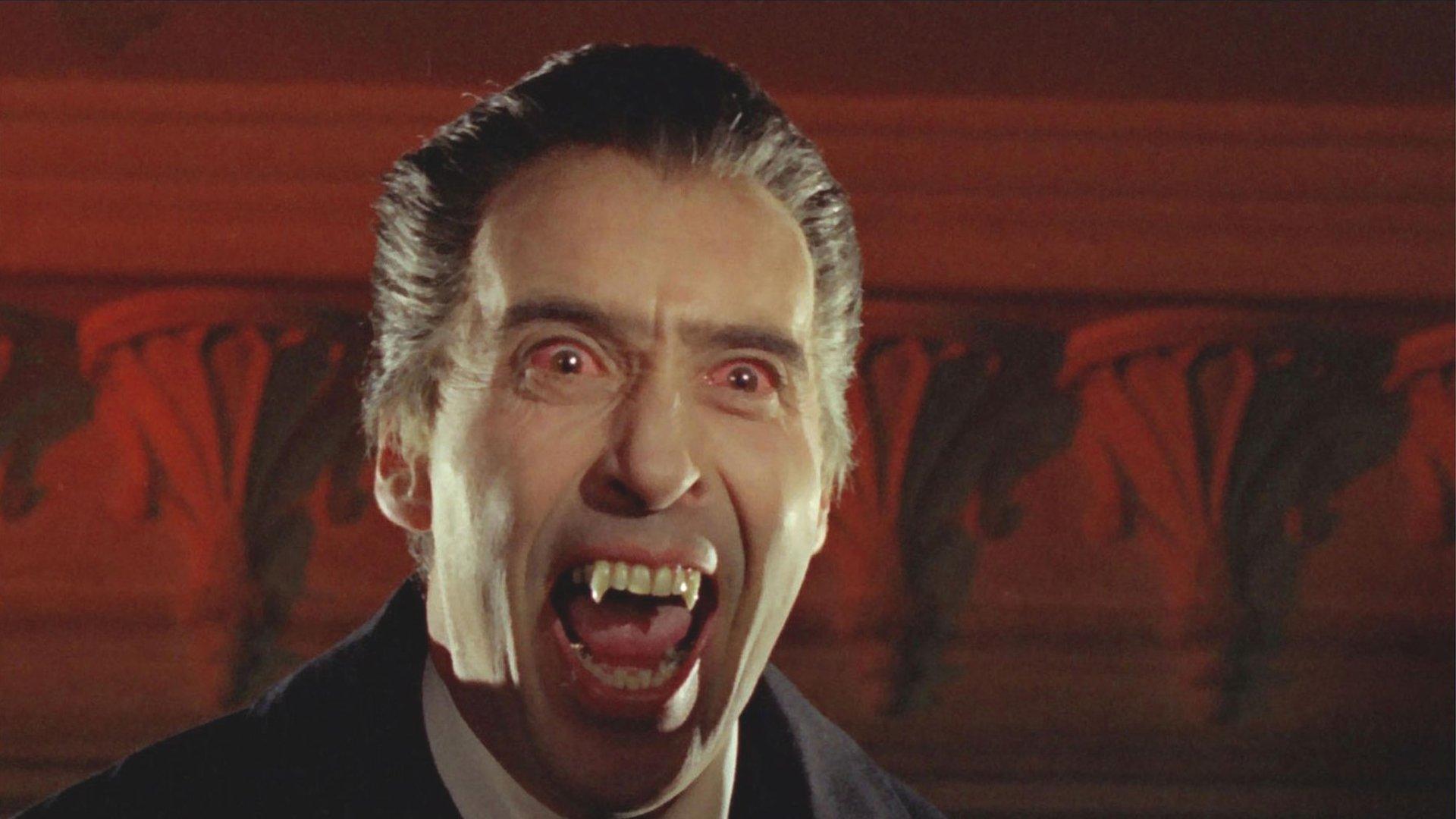Call for 'Dracula Coast' tourist trail in north-east Scotland
- Published
- comments

The BBC recently showed a brand new adaptation of Bram Stoker's Dracula
Dracula author Bram Stoker was inspired by the north east of Scotland and there are calls for it to do more to celebrate the connection.
The fictional Count Dracula lived in a vast ruined castle, described by the author as being on the edge of a "terrific precipice".
Its jagged battlements towered over fang-like rocks in the sea below, rather like Slains Castle near Cruden Bay in Aberdeenshire.
Calls are being made for a new tourist trail to celebrate Bram Stoker's links to Scotland
Author Mike Shepherd has written a book detailing the Scottish origins of Dracula.
He believes it is less than a coincidence that Slains Castle closely resembles the castle in the iconic novel.
"You have to realise that Bram Stoker wrote Dracula nearby in Cruden Bay and most of the time Slains Castle would have been in view," Mr Shepherd told BBC Scotland's The Nine programme.
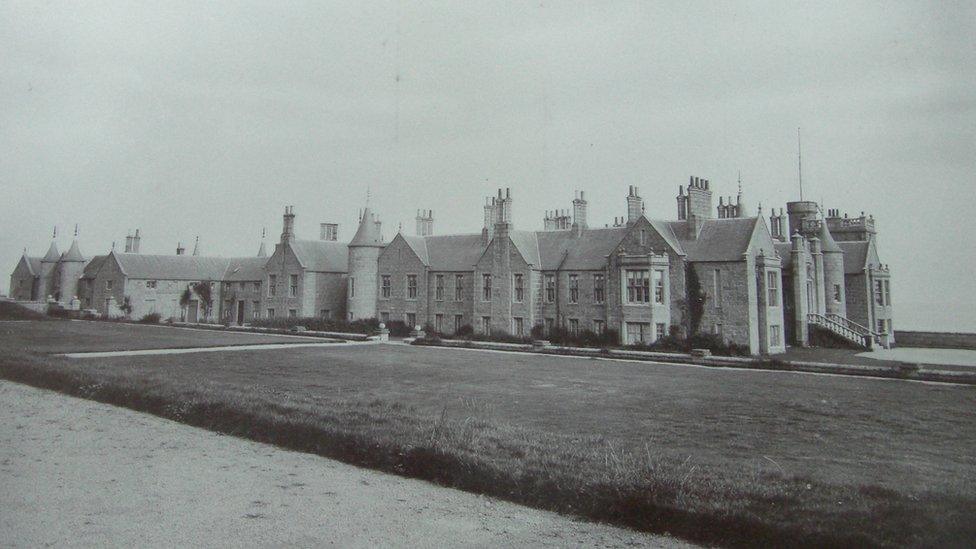
Slains Castle as Bram Stoker would have seen it
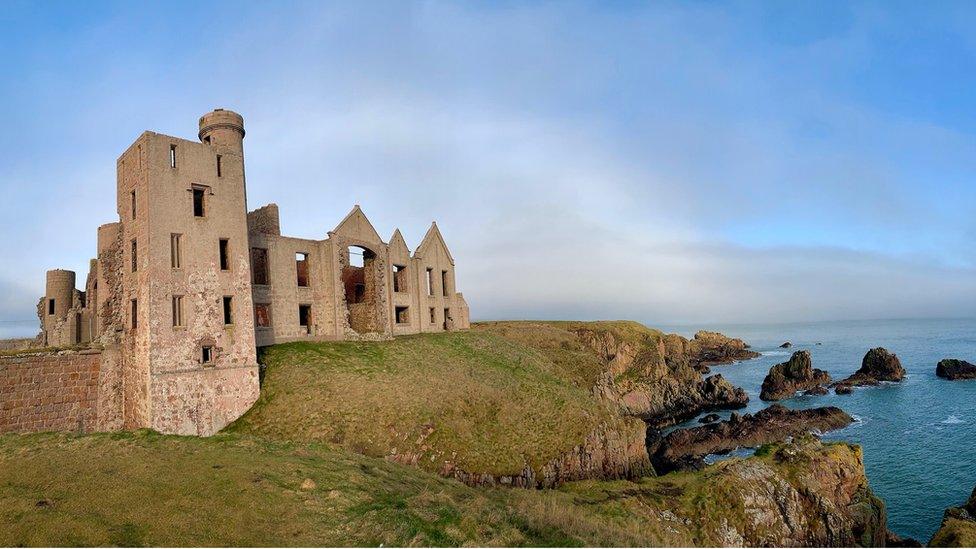
Slains Castle is thought to have inspired Dracula
"So, when he was writing Dracula, he was using Slains Castle as the backdrop to his imagination. The floor plan of the castle matches part of the floor plan for Castle Dracula."
Bram Stoker was a frequent visitor to the area, escaping the hustle and bustle of London to write during his summer holidays.
It is thought at some point he would have been a guest at Slains Castle and witness to the distinctive octagonal reception room.
A very similar room is described in the novel, when Jonathan Harker arrives at Castle Dracula.

The Octagonal Hall (reception room) in Slains Castle taken about 1900

Mike Shepherd believes the area could profit from the creation of a Bram Stoker Tourist Trail.
It would include Cruden Bay - then called Port Errol - where Bram Stoker stayed on at least two occasions.
His signature still appears in the hotel guest book in 1895, the year he started writing Dracula there.

The Bram Stoker trail

A photo of Bram Stoker taken in 1906
It would start at Collieston, where a shipwreck of a 16th Century Spanish galleon is said to have provided the inspiration for Bram Stoker's second novel, The Mystery of the Sea.
Further around the coast at Whinnyfold, Stoker wrote his book, Lair of the White Worm.
Next stop: Cruden Bay where Stoker visited at least 12 times.
Slains Castle which is mentioned in two of his novels and provided the floor plan for Castle Dracula.
And finally to Gardenstown where he stayed in 1896 and could have finished writing Dracula which was published a year later.

Dracula Coast
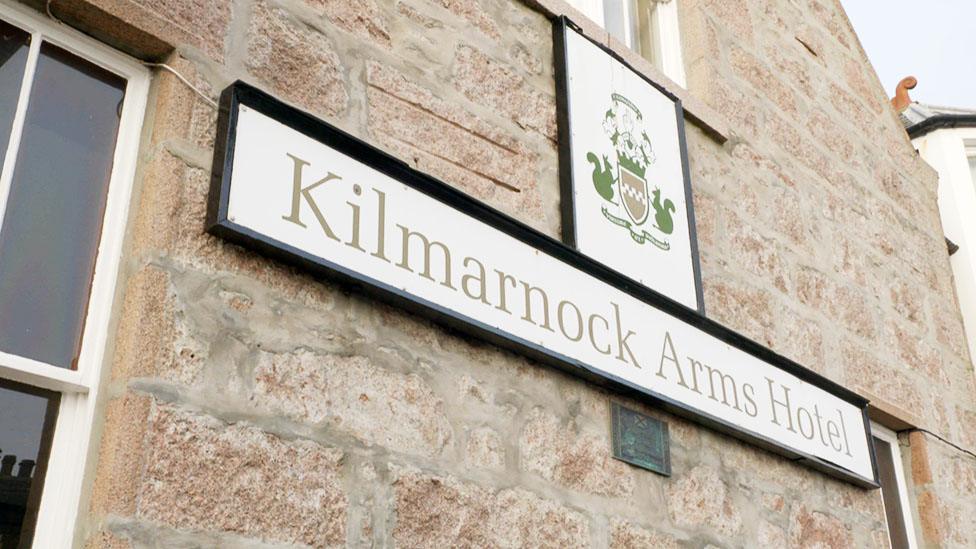
Bram Stoker stayed at the Kilmarnock Arms Hotel in Cruden Bay
"The great thing about a trail would be that it wouldn't just be Cruden Bay - there would be villages like Collieston and Gardenstown that Bram Stoker knew and set part of his novels in.
"You could almost call this area "The Dracula Coast" and why not come up with a tourist trail up here with a pamphlet detailing the various places Bram Stoker knew about and wrote about in his books?"
Dracula is a character who has been immortalised multiple times - most recently in a BBC drama that aired at Christmas.
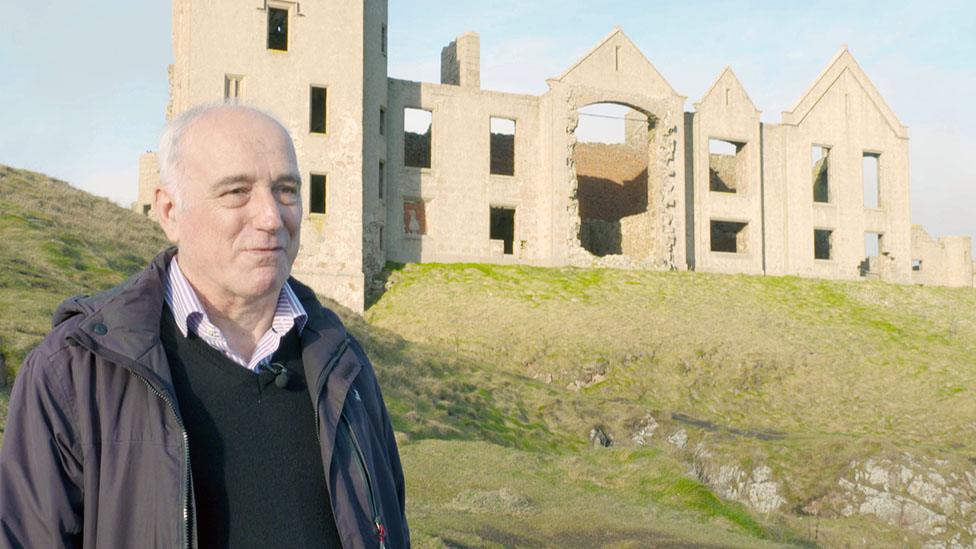
Mike Shepherd believes the area could profit from the creation of a Bram Stoker Tourist Trail
Tourism bosses believe that momentum from this could be used to encourage such a trail to be created.
Jo Robinson, from Visit Scotland, said: "Visitors to Scotland love exploring our castles and our historic sites.
"Bram Stoker and Dracula are really popular just now - we've just had the TV mini-series on the BBC.
"So a trail that packages up all of those sites around Aberdeenshire and allows the visitor to readily access that information and to be inspired by some of those sites and stories could have a fantastic impact for Aberdeenshire.
"I think it's just another way to entice people to this region and tell them all about the great stories that we have here."
- Published13 November 2017
